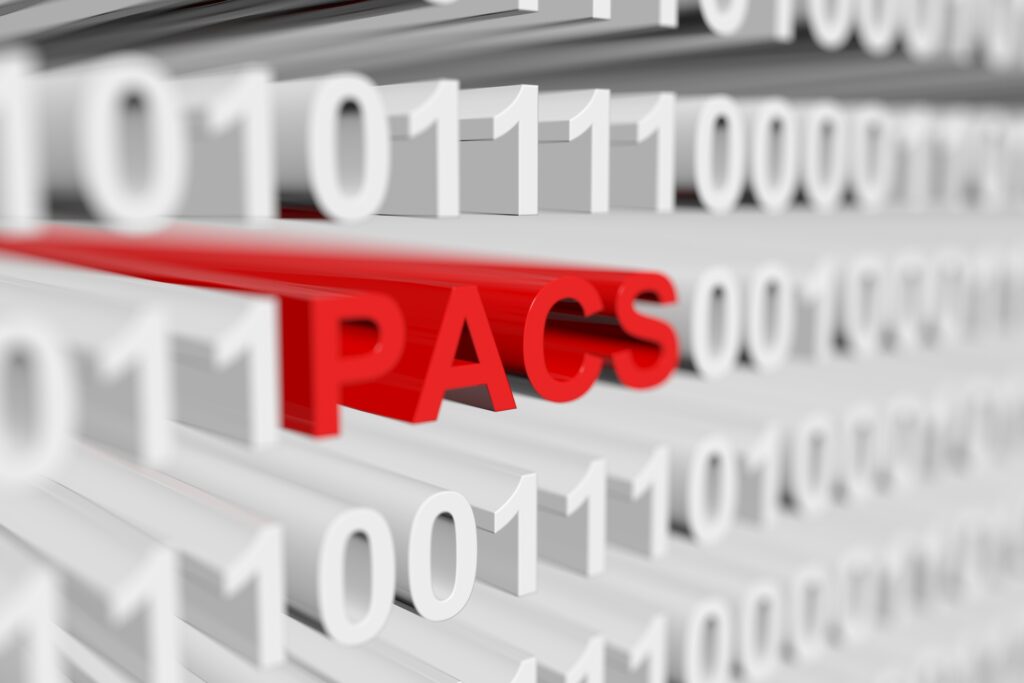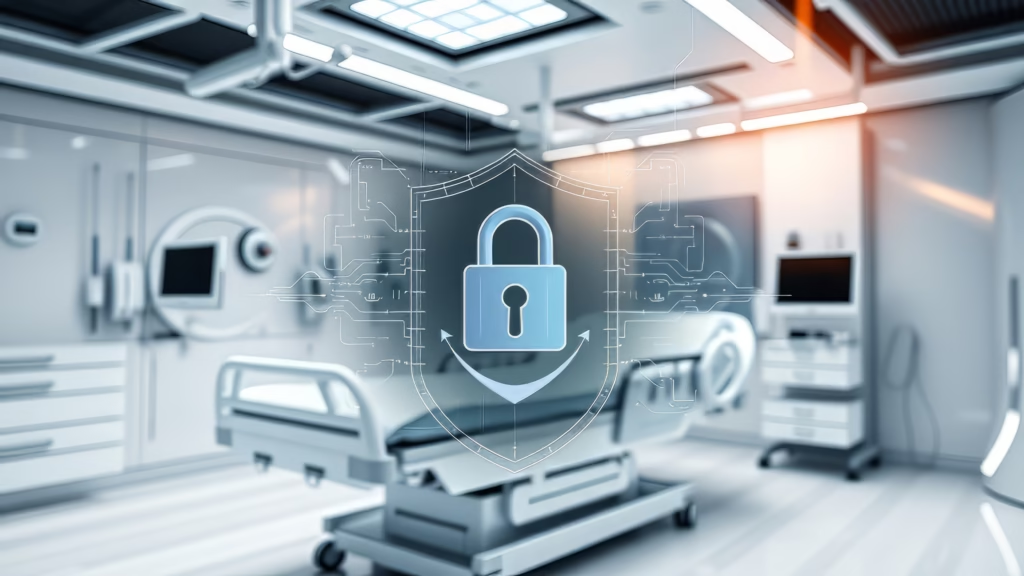Big Data will be the foundation for personalised healthcare, especially the application of algorithmic tools capable of converting raw data to large datasets.
Big Data and Radiology: A Synergy Driving Precision Medicine
Big Data will be beneficial in the planning and implementing of radiological procedures in radiology departments. Therefore, the potential future applications of Big Data are scheduling scans, creating patient-specific personalised scanning protocols, radiologist decision support, emergency reporting, and virtual quality assurance for the radiologist.
The analytic process can support the targeted use of Big Data on images. In addition, several screening software tools designed to handle Big Data can be used to find correlations among the datasets. For example, slight changes in the parenchymal density, solitary pulmonary nodule, and focal hepatic lesions of a multidimensional anatomical image.
Running more complex applications such as 3-D multiplanar reconstructions (MPR) and volumetric rendering (VR) is possible in this situation. In addition, a curved planar reconstruction consumes higher system resources on targeted data subsets than querying the complete cross-sectional imaging dataset.
This preventative selection of the dataset can significantly reduce system requirements, such as system memory, server load, and the ability to provide rapid results.
Big Data should not become garbage data resulting from secondary analysis and not reasonably storing non-structured data.
Big Data will be the foundation for personalised healthcare, especially the application of algorithmic tools capable of converting raw data to large datasets. Therefore, it is possible to understand radiology data to gain insights into the medical problem.
However, focusing big data applications on medical images will support the analytic process. Big Data screening software tools are used to identify a region of interest. For example, these tools can evaluate the small changes in the parenchymal density by plotting multidimensional anatomical images. Furthermore, more complex applications can be performed using 3-D multiplanar reconstructions (MPR), volumetric rendering (VR), and curved planar reconstruction.
The 6-Cs of Big Data Analytics: Shaping the Future of Medical Imaging
Big Data analytics consists of 6-Cs: Connection, Cloud, Cyber, Content, Community, and Customisation. By applying Big Data, radiology departments’ planning and implementation of radiological procedures have been significantly boosted. The future applications of Big Data are creating patient-specific personalised scanning protocols, scheduling scans, emergency reporting, radiologist decision support and virtual quality assurance for the radiologist.
AI-Driven Big Data: A New Paradigm for Diagnostic Problem Solving
Artificial Intelligence and Big Data are used in conjunction with each other to solve diagnostic problems. The relationship works because AI requires vast data to build intelligence through machine learning concepts. For example, machine learning image recognition evaluates thousands of medical images to learn what constitutes a medical image to recognise these types in the future.
Therefore, Big Data is needed; however, to train the application, the data needs to be structured and easily integrated so machines can identify valuable patterns in the data.
Big Data uses vast data, and you must separate the useless data. However, the data used in AI and ML is already clean by removing duplicate and unnecessary data. This approach will provide successful AI applications through Big Data providing data to train and learn algorithms. In this case, there are two types of data learning. This involves the initial training, which primes the data, followed by collecting the valuable data. Once the initial training is complete, the AI apps will continue to learn. The AI app will continue taking in new data and evaluating the changes.
Big Data’s role in AI is made possible by vast arrays of parallel processors such as graphics processing units (GPUs). These processors contain thousands of cores compared to several CPUs, speeding up the existing AI algorithms.
The Big Data flows into the parallel processors to facilitate the machine learning algorithms to repeat a specific behaviour. Also, during these processes, data is collected to make a high-velocity machine. Furthermore, AI cannot deduce conclusions compared to humans; instead, it learns through trial and error, requiring massive amounts of data to teach AI.
Consequently, more data evaluated by AI apps will produce a more accurate outcome. However, in the early development of AI, the result was limited due to the slow processors and small data sets. These limitations were attributed to the lack of sensors. For example, today’s cars have a multitude of sensors to perform certain functions. Also, in the 1980s, the internet was not widely available to obtain real-time data.
Today we have fast processors, smart input devices, networks and vast amounts of data sets.
No Artifical Intelligence without Big Data
Big Data analytics identifies patterns by applying sequential analysis on cold or not recent data.
The Hadoop software is used to store and process large datasets efficiently. It is the basic framework for Big Data analysis and is a batch process initially designed to run at night during low server utilisation.
Moreover, ML learns from collected data and keeps accumulating the data. For example, a self-driving car will always collect data and keep learning the processes of the vehicle. Thus, new data is always coming in fresh and always acted upon.
The disadvantage of Big Data is that you can generate too much of it. For example, people avoided past formats like pictures, video, or voice formats. This is because they could not utilise it and an additional cost of storing it. So, artificial intelligence and Big Data began to work together. However, the only way to efficiently deal with this amount of data is to manage it with data-scanning and to use AI software algorithms.
The Future of Diagnostics: How AI and Big Data Are Shaping the Medical Landscape
Big Data has the potential to usher in the era of personalised and individualised healthcare. It starts with a systematic collection of data and ends with proper processing to obtain accurate and timely results. Big Data is the logical next step in the evolution of radiology departments. It can transform busy radiology departments, help inefficient management, and provide intelligent and innovative patient care options. It can improve the quality of performed scans, assist radiologists in decision support, and act as a virtual quality control tool. Over a period, it can self-learn to find hidden information within the reports and images that are somewhat difficult to interconnect or find a relationship using the standard routine or conventional protocols. Here lies the real advantage of this technology. In the near future, big Data will work to assist radiologists by providing intelligent and targeted decision support rather than replacing radiologists.
Disclaimer
The content presented in “From Pixels to Patterns: Big Data and AI Transforming Medical Imaging” is for informational and educational purposes only. It does not constitute medical advice, diagnostic guidance, or professional consultation. While the article discusses current and emerging trends in Big Data, Artificial Intelligence, and medical imaging, the technologies, methods, and applications described may not yet be fully validated, clinically approved, or widely implemented.
Readers are encouraged to consult qualified healthcare professionals and technical experts before applying any of the information in a clinical, academic, or research setting. Open Medscience does not accept any responsibility for loss or damage that may arise from reliance on the content, including but not limited to any inaccuracies, omissions, or out-of-date information.
Furthermore, mention of specific technologies, platforms, or methodologies does not imply endorsement by Open Medscience or its contributors.
You are here: home » diagnostic medical imaging blog »



